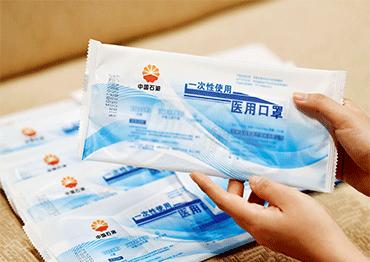The advantage SOEs had over private enterprises during the pandemic raised concerns about changes or even setbacks in ongoing market-oriented SOE reforms that aim to level the playing field regardless of ownership.
The past four decades saw tremendous effort from China to steer its sluggish SOEs into a market-oriented orbit with more autonomy, modern corporate hierarchies and mixed ownership reforms through injections of non-State capital.
But questions remain as how to ensure fair competition between SOEs and private companies. Particularly, the specific functions of SOEs, a concern of private enterprises, have been vague.
SOEs play a complicated role. The central government expects them to shoulder social responsibilities during crises and remain competitive on the market at other times. For example, despite SOE contributions in coronavirus control efforts, Hong Bin, vice director of SASAC, said in February that the council would not adjust its economic goals set at the start of 2020. This means SOEs still have an uphill battle to fight after the pandemic subsides.
“More often than not, SOEs are stuck in a dilemma too. They are always expected to be an all-round player, able to shift freely between multiple roles, controlling the country’s economic lifelines or fully taking part in market competition, and wearing different hats at different times,” a manager at an SOE who requested anonymity told NewsChina.
But this vagueness means uncertainty for private enterprises, as SOEs from any field could enter their markets whenever deemed necessary, just as they did during the pandemic.
To address this problem, authorities proposed classifying SOEs between those that principally deal with public welfare and utilities (oil, electricity and gas), competitive markets (steel, food and automobiles) and a “mixed mission.”
As early as 2011, Shao Ning, then vice director of SASAC, suggested that SOEs gradually adjust their focuses to either public welfare or making a profit to prevent abuse of their monopolies, and take on risk of bankruptcy and join in market competition more fairly.
In September 2015, the State Council released an SOE reform guideline that proposed dividing SOEs into two categories, “commercial” and “public welfare,” for more targeted reforms and development. Commercial companies are divided further into those in competitive industries, and those in fields pertinent to national and economic security.
“Now the difficulty lies in categorizing SOEs with a mixed mission: What companies qualify and when should they serve the public or play a role in market competition? Reforms are hard to realize without answering these questions, and also mean uncertainty for private enterprises,” Huang said.
As SOE reforms continue, there is concern and controversy over the development space for private enterprises, particularly in areas where SOEs have clear strengths and advantages. SOE classification would help to ease these concerns, a reason for the anticipation surrounding the upcoming three-year action plan for SOE reform, which aims to set goals and timetables and address unresolved issues.
Originally slated to roll out in the first quarter of 2020, the plan has been submitted for approval, Peng Huagang, secretary general of the NDRC, said at a press conference in April.

 Old Version
Old Version
